
Artificial Intelligence (AI) is the big talking point at the moment with all its many potential benefits, along with some risks and challenges. One of the challenges however that doesn’t seem to have been discussed as often is that of digital divides, where AI might represent yet another divide been the haves and have nots and the can and can nots.
Digital Divides
The term digital divide refers to gaps between people or communities who have access to and use of digital technologies such as computers, smartphones, and the internet, and those who do not. This gap can be attributed to a variety of factors, including socioeconomic status, geographic location, age, race, and education level.
Before considering AI as an additional divide, there were several different types of digital divides that exist. Some examples include:
Access divide: This refers to differences in physical access to digital technologies, such as lack of broadband internet access in certain areas, lack of availability of computers or smartphones, or lack of access to digital skills training.
Usage divide: This refers to differences in how people use digital technologies, such as differences in the types of devices people use, how often they use them, and what they use them for.
Skills divide: This refers to differences in digital literacy and skills, such as the ability to use digital technologies effectively and safely, the ability to access and evaluate online information, and the ability to create and share digital content.
Content divide: This refers to differences in the availability and quality of digital content, such as differences in access to online educational resources, news and information, and cultural and entertainment content.
Economic divide: This refers to differences in the economic benefits and opportunities that digital technologies can provide, such as differences in access to online job opportunities, e-commerce, and digital financial services.
The AI Divide
Artificial Intelligence represents a potential additional divide although the issues may sit under the above divides. Access to Artificial Intelligence solutions, the relevant skills and understanding to make the appropriate use of AI and the resources to make use of AI. Personally, I present AI as a new additional divide rather than one contained in the above due to what I see as the wide ranging potential impact which AI can have on the world as it is now. In my area, that of education, I feel this is particularly relevant. Aside from student access to technology, skills, etc, there are some schools who will seek to explore use of AI solutions whereas in other cases there may be a drive to block, filter or control access.
Considering the divide that AI may create I can see issues for those who do not have access or do not have the skills to use AI. Those who do may become more efficient through the use of AI to carry out more mundane tasks or to provide the basic starting point for task rather than users having to start from scratch. The likes of the 30mins challenge which shows how much more might be possible through the use of AI tools illustrates this nicely. From a creativity point of view, AI might as Dan Fitzpatrick has said “democratise creativity” meaning those who can and do use AI may have greater potential for creative outputs than those who do not or can not use AI. And that is but two areas where AI use and understanding may create a divide, and I suspect there are many others.
Conclusion
We wish there to be equitable treatment for all however the ongoing discussion of digital divides highlights, although progress may be being made, that we aren’t there yet. The increasing discussion and use of Artificial Intelligence adds yet another factor which can create a digital divide and therefore negatively impact on equity. We need to be conscious of this in the same way as we are conscious of the other challenges of AI including bias, attribution, accuracy, etc.





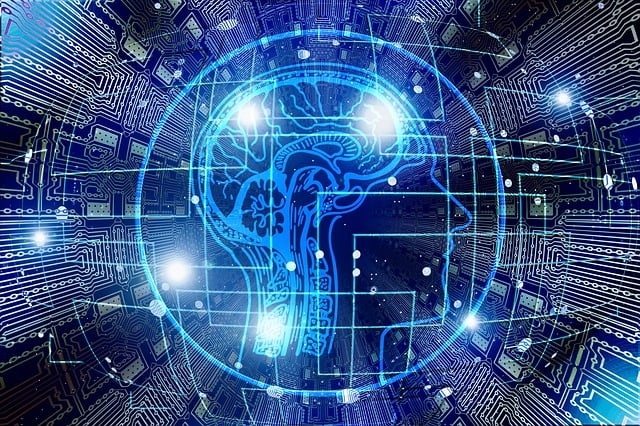
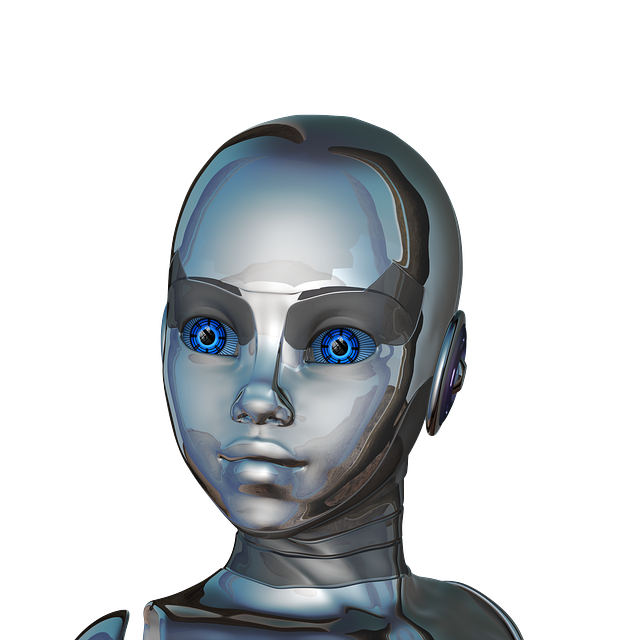
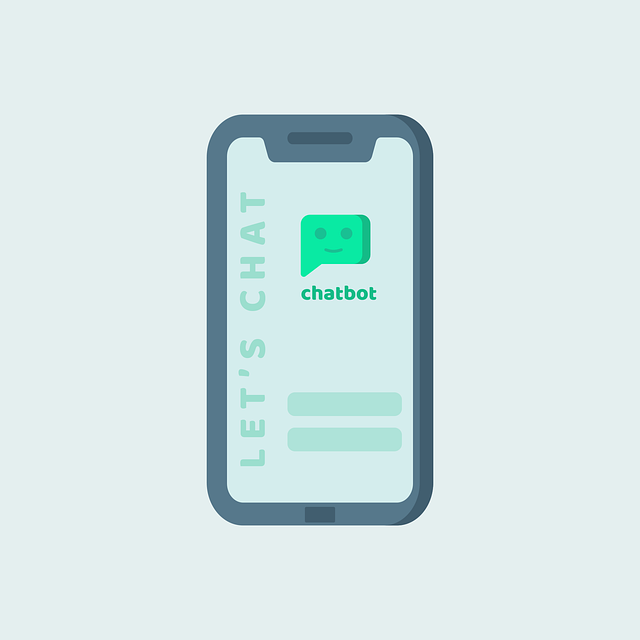
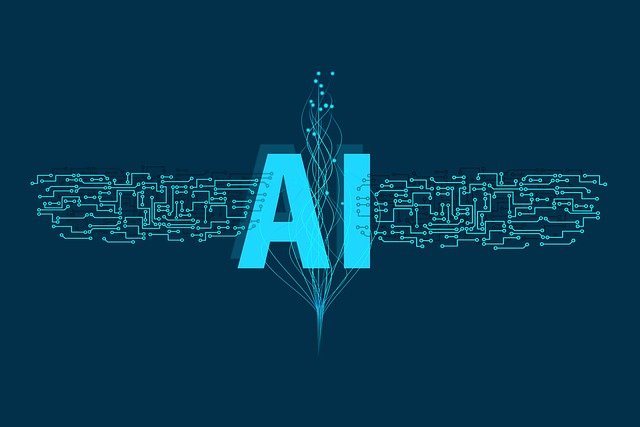

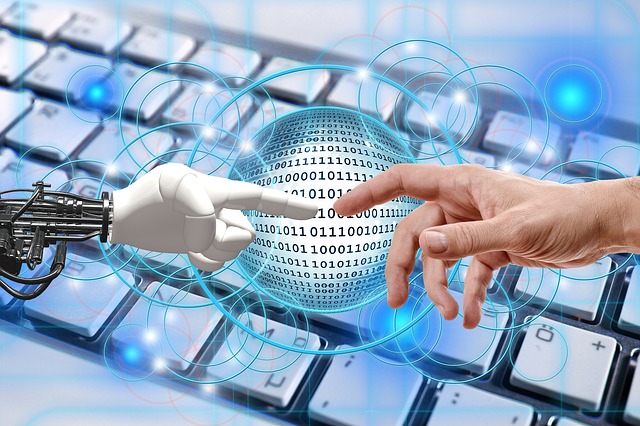 A recent post in the
A recent post in the